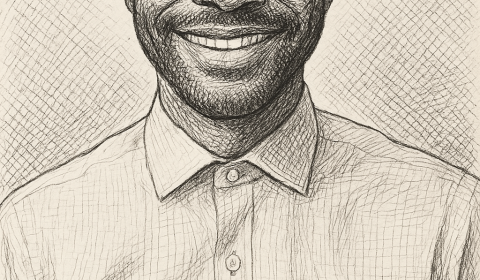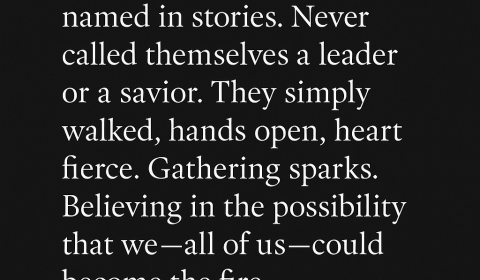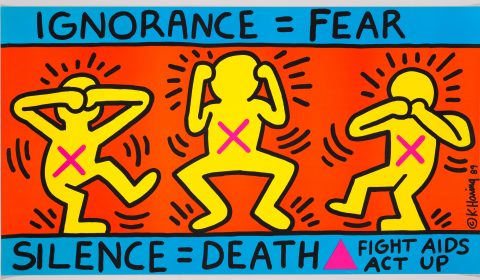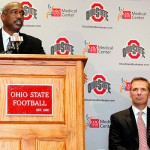In a city as diverse and vibrant as Columbus, the idea of representation should be more than a buzzword; it should be a guiding principle. Yet, for years, the structure of our City Council has been a topic of contention. Critics argue that the council, with its slated candidates and at-large election system, has not truly reflected the desires of Columbus residents. As someone deeply invested in community equity, I find this issue worth unpacking.
For decades, Columbus operated under an at-large council system, where all members were elected citywide. While this approach might seem democratic on the surface, it often diluted neighborhood-specific voices. Community activists and residents long called for reforms that would ensure neighborhoods could elect members who genuinely understand their unique challenges.
In 2018, change seemed to be on the horizon. Columbus voters approved a charter amendment creating a hybrid district system. This reform expanded the council from seven to nine members, with each required to reside in one of nine new districts. But there was a catch: while council members must live in their district, they’re still elected citywide. It’s a model that raises questions: Can a citywide election process adequately serve neighborhood-specific needs? Does this hybrid system reflect the true intent of representation?
Critics like Jonathan Beard, a vocal community advocate, argue that the changes fall short of meaningful reform. Beard suggests that the current system maintains the longstanding power dynamics of Columbus governance, potentially leaving marginalized communities without a true voice. The concern is that this hybrid approach is more symbolic than substantive—a patch that leaves the core issue unresolved.
The council’s history of filling vacancies through appointments adds another layer of complexity. Over the years, many council members have first joined the body through appointments rather than elections, allowing them to run as incumbents with significant advantages. For residents, this process can feel opaque and exclusive, reinforcing perceptions of a system designed to serve the politically connected rather than the broader public.
As a naturalized American who has built a life advocating for equity and inclusion, I see these challenges through the lens of lived experience. Representation matters. It shapes policies, priorities, and, ultimately, the lives of residents. If Columbus is to truly serve its diverse population, we must move beyond surface-level reforms and commit to systemic changes that empower neighborhoods.
So, what might meaningful reform look like? Perhaps a shift to district-only elections, where council members are chosen solely by the residents they seek to represent. Or maybe a more transparent, community-driven process for appointments that invites public input and scrutiny. At the heart of these conversations lies a fundamental question: Whose voice should guide Columbus into its future?
As I reflect on these issues, I am reminded of the words of civil rights leader Bayard Rustin: “We need, in every community, a group of angelic troublemakers.” Columbus has no shortage of those willing to challenge the status quo. But the work ahead requires more than critique—it demands action, collaboration, and a shared vision for a city where every neighborhood, every voice, and every resident matters.
Columbus is my home. It is a city of immense potential, shaped by the resilience and creativity of its people. But potential alone is not enough. We must have a government that reflects the diversity of our streets, the strength of our neighborhoods, and the hopes of every resident.








